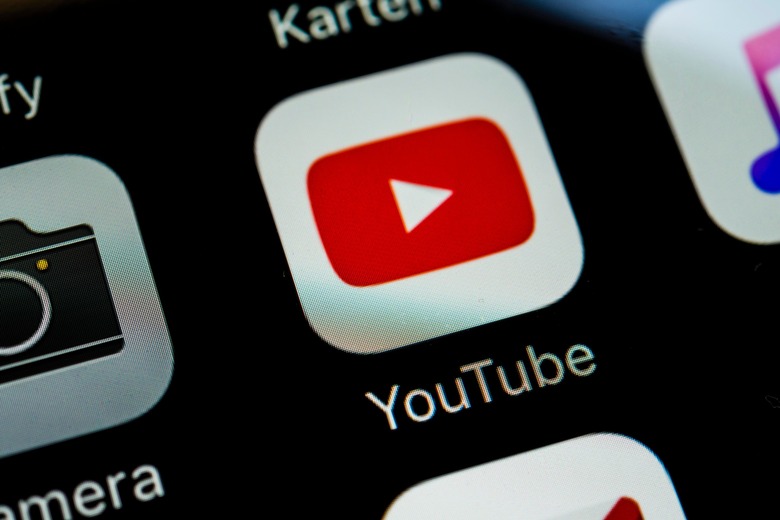YouTube Will Reduce Video Quality Globally For 30 Days
- In response to the coronavirus pandemic, YouTube video streams will play in standard definition by default for a full month. HD video can be viewed if manually selected.
- Netflix recently announced plans to lower video stream quality in Australia and India for the next 30 days. The company is already reducing video quality across Europe.
- The coronavirus also prompted Amazon to lower the quality of its Prime Video streams in Europe.
- Visit BGR's homepage for more stories.
With more people staying at home and watching streaming content than ever before — thanks, of course to the coronavirus — sites like Netflix and YouTube recently lowered the quality of their streams in Europe in order to lessen the burden on Internet providers.
And now comes word that similar measures are being taken in the United States and across the world. In a move that shouldn't come as much of a surprise to anyone, YouTube today will start lowering the video quality for users across the globe. As such, videos by default will play in standard definition, though users will retain the option to switch over to HD if they so choose.
"We continue to work closely with governments and network operators around the globe to do our part to minimize stress on the system during this unprecedented situation," Google said in a statement provided to Bloomberg.
The lower video quality on YouTube videos will remain in place for the next 30 days. In an ideal situation, the coronavirus will be under control at that point, lockdowns will have been lifted, and there will be no need for YouTube to keep its video quality artificially low.
Notably, Netflix was the first site to lower the quality of its streams, a decision it made at the behest of regulators who wanted to ensure the structural integrity of the Internet remained intact. Now as to whether or not Netflix will follow in YouTube's footsteps and lower its streaming quality across the globe, there's no indication that such a move will happen soon.
To this point, Netflix chief content officer Ted Sarandos, during a recent interview on CNN, said that Netflix would comply with regulator requests in any country. In other words, unless otherwise asked, Netflix likely won't make any changes to its video quality.
Incidentally, Netflix today did start reducing the bitrate on videos served up to subscribers in India and Australia. A Netflix executive said that the lower quality streams in those countries will persist for about a month.
The good news is that Netflix's compression is arguably the best in the business, which is to say that users in impacted countries won't really notice a degradation in video quality.
"Given the crisis, we've developed a way to reduce Netflix's traffic on telecommunications networks by 25% while also maintaining the quality of our service, Netflix's Ken Florance said in a statement. "So consumers should continue to get the quality that comes with their plan – whether it's Ultra-High, High or Standard Definition."
